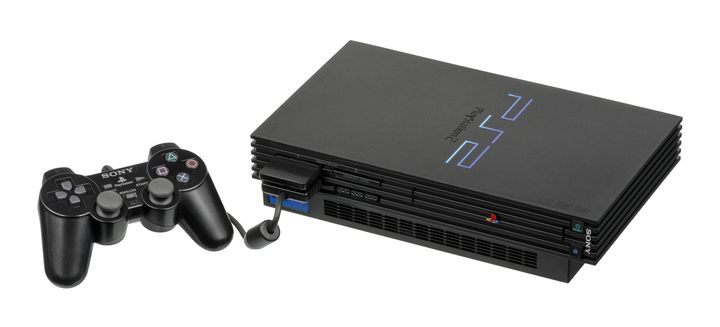PlayStation and tantalum – why did prices go up?. Looking back at the PlayStation War
Table of Contents
According to the simplistic, media narrative, the increase of prices of tantalum was spurred by the upcoming launch of PlayStation 2 in Europe and the US. Manufacturing the home entertainment system in such volume required substantial amounts of the element. As a result, tantalum supposedly went out of stock, driving the prices up. The reality, as usual, was more complex. It wasn't the shortage of tantalum stocks that initiated the sharp increase of prices, but speculation.

In the late 1990s there was a surge in demand for consumer electronic devices. New products including second-generation mobile phones, gaming platforms and ultra-light laptops came to the market and proved very popular. These devices used tantalum capacitors. The major tantalum processors, Cabot and H. C. Starck, knew this meant there would be future growth in markets for tantalum base products, especially tantalum powder which is used in the manufacture of capacitors. Nervous that they might lack sufficient stocks to feed this growth, Cabot and H.C. Starck placed large orders with producers via expensive long-term contracts.
Nest, Michael Wallace. Coltan. Cambridge, UK: Polity Press, 2011.
Other companies followed suit, in expectation of increased demand for tantalum. The entire output of the biggest mines was bought months in advance, leaving a minimal amount of the element that could be purchased "here and now." At the same time, sales of electronic devices were growing rapidly, bringing even greater demand for capacitors. Whoever hadn't secured the needed amount of tantalum was forced to cough up much more cash.
This is when the contacts established in Congo during the first war there were used to boost the supply of the raw material. African warlords hadn't signed long-term contracts and were able to meet the demand "here and now." And the markets, unsurprisingly, embraced the new supply without looking at a picture bigger than 2.61 by 6.14 inches, simultaniously further prodding the demand.

It didn't last long, because the investors promptly realized that paying through the nose for a resource that is de facto not in short supply is not a reasonable way of doing business. Prices have settled back to their default level, and armed groups in Congo ceased exploiting tantalum deposits.
So, was the popularity of the PlayStation 2 the reason for the increase in prices of the element? To some extent – of course, but there were numerous other factors at play. It is also very possible that most (or even all) of the raw materials actually used in Sony consoles came not from Congo, but from Brazil or Australia. A large Japanese company certainly used the services of large suppliers, who, as I already mentioned – had signed long-term contracts. Still, the huge demand for the first PlayStation and the advent of the PS2 certainly contributed to the increased demand for tantalum, encouraging the suppliers to secure large supplies, and triggering the entire situation.

Witch-hunt in media, or PlayStation in blood?
The very name "PlayStation War" is certainly a manipulation. The rise in tantalum prices has been caused to the same extent by Sony, Nokia, Samsung and other electronics manufacturers, as well as – at the end of the day – us, the consumers. International markets also played their part, as the prices there are often determined by the pursuit of profit, and shifty attitudes, rather than good will and facts.
NOT ONLY PLAYSTATION
If you look at the global economy in 2000, you will notice that the PlayStation 2 was not the only device that fueled the demand for tantalum-based capacitors. On September 1 of that year, for example, Nokia 3310 was launched, and it, too, used tantalum capacitors. Around the same time, both mp3 and DVD players were becoming increasingly popular.
Although ethnic conflicts in Africa would probably break out regardless of the affairs of the "rich North," the demand for diamonds, crude oil, cobalt, or tantalum coming from highly-developed economies definitely amplified (and still does) these tensions. Profits from the sales of "blood minerals" incentivize conflict and provide a source of income to militias.
So while putting the entire blame for the violence in DRC on PlayStation is a serious manipulation, the galloping consumerism does indeed have a destructive impact on the stability of all the countries of the so-called "third world." The popularity of PlayStation 2 wasn't the only cause of the problem, but it was part of it.

